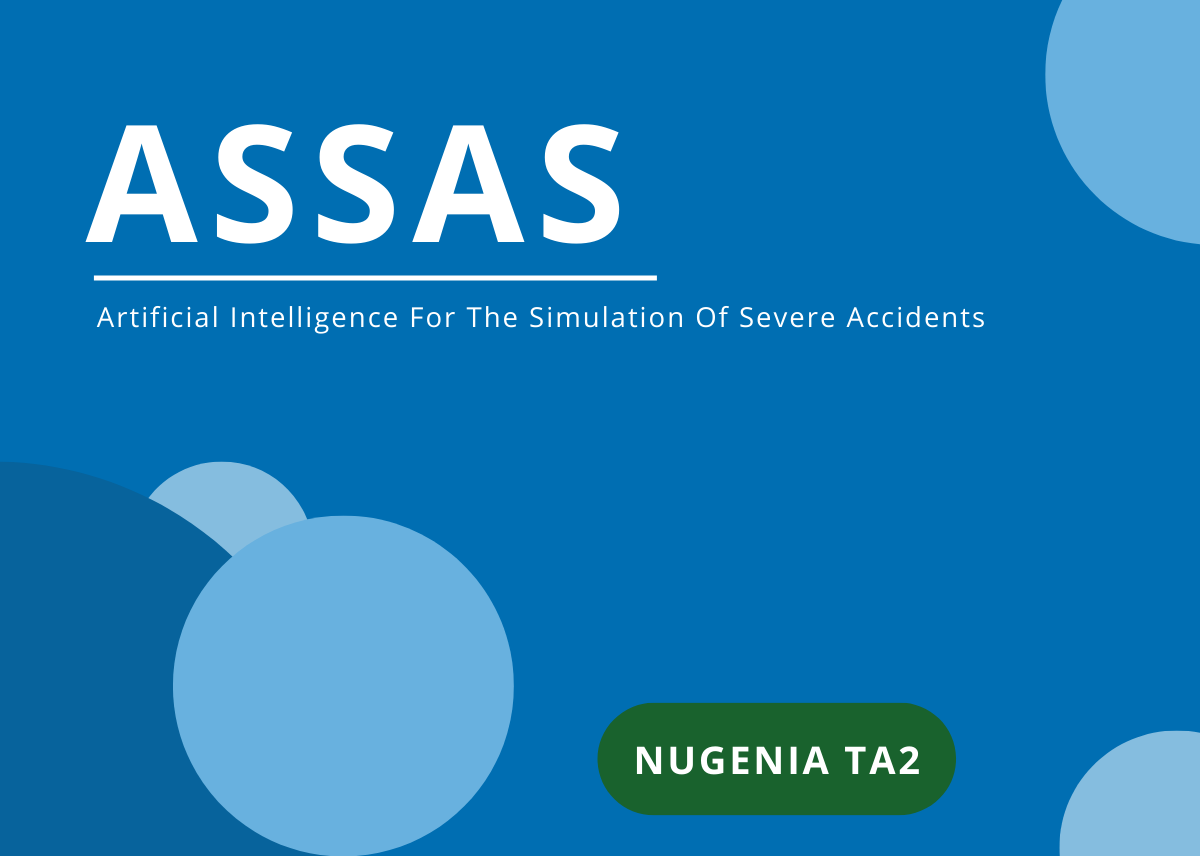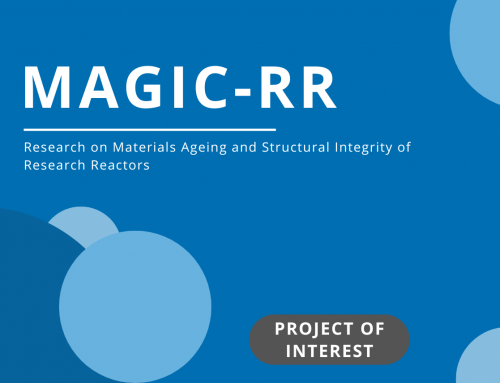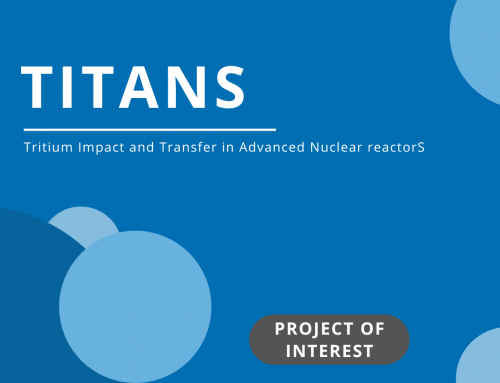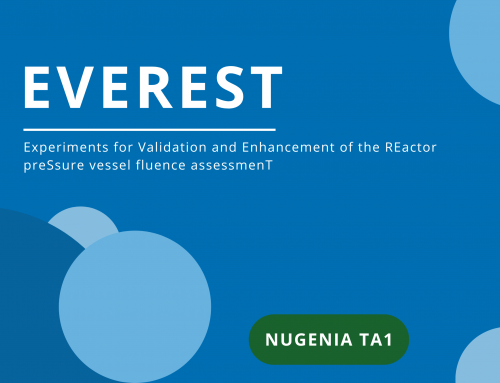
OBJECTIVES
The main objective of ASSAS is to develop a proof-of-concept for a basic-principles severe accident simulator, that will feature a generic western-type PWR. To do so, the reference European severe accident simulation code ASTEC will be interfaced with Tecnatom’s commercial simulation environment, TEAM_SUITE®. R&D actions will be necessary for the simulator to reach expected performances (especially real time execution), and to explore how it could be adapted to other reactor designs and simulation codes in the future.
The consortium will explore how machine-learning may be used to develop fast and robust surrogate models that could replace severe accident codes partly or globally in the simulator. Different strategies and techniques will be tested in parallel to maximise chances of success, considering the challenges related to severe accident modelling. A comprehensive database of accidental scenario simulations will be created to train the AI models. State-of-the-art regression techniques coupled with sparse dimension reduction, as well as an interpolation engine between pre-calculated sequences will be developed and evaluated.
In addition, efficient programming and mesh optimisation will be used to optimise ASTEC’s performances.
Discover the ASSAS website here!
Discover the ASSAS poster.

EXPECTED IMPACTS
- The prototype simulator is a first step towards the development of more realistic simulators in the future. They will make education, training, safety assessment, design and procedure development in the field of nuclear severe accidents more realistic, efficient and user-friendly. In this way, they will contribute to knowledge transfer to the younger generation.The optimised version of ASTEC, the surrogate models and the reference database developed during the project will benefit to the severe accident community more broadly, to decrease calculation time, evaluate uncertainty propagation or develop completely new approaches (inverse problems for example).The methodology developed during the project may be generalised to other multi-physics codes, even beyond the nuclear sector. The severe accident scenario database, that will be openly accessible, will be of great interest for data scientists to test new approaches.

HIGHLIGHTS
Results of the project will be regularly presented during international conferences dedicated to severe accidents, like ERMSAR meetings. Severe accident specialists, data scientists, international agencies and utilities will participate in the advisory board and the end-user-group of the project, to give advice about the scientific orientations and the desired characteristics of the simulator. It is hoped that the simulator will reach TRL 3 at the end of the project and will be demonstrated to interested parties.
The project will organise an open workshop on “Machine-learning for the simulation of nuclear power plants and other complex systems” from 24 to 25 November in Brussels, Belgium. The workshop will present the intermediate results of ASSAS concerning the development of data-driven surrogate models for nuclear severe accident codes, as described in this paper. Besides, more than half of the workshop will be dedicated to presentations from participants on related scientific topics. These include the use of machine-learning for simulation in nuclear sciences (neutronics, thermal-hydraulics, fluid dynamics, mechanics…) and beyond (aeronautics, weather forecasting, geology, mechanical engineering…). More information can be found here.


PARTNERS
ASNR / JSI / KIT / KTH / TECNATOM / ENEA / TU-Delft / PHI-MECA Engineering / IVSTT / CIEMAT / ENERGORISK / Bel V / CS Group / PSI

DURATION & BUDGET
11/2022 – 10/2026 – 4 years
4.1 M€

CONTACT
Technical Project Leader:
Bastien POUBEAU (ASNR)
Email: bastien.poubeau@asnr.fr

This project has received funding from the Euratom Horizon Euratom programme 2021 under grant agreement No 101059682




